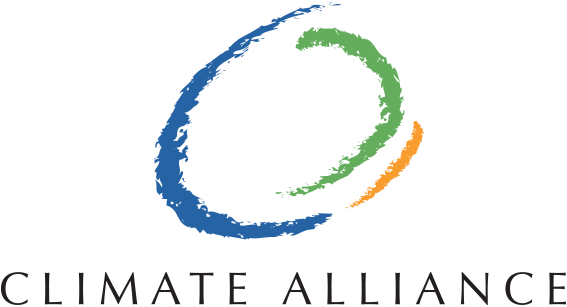The International Energy Agency (IEA) reports that clean energy technologies are not decarbonizing global energy systems fast enough to stay on track to meet Paris Agreement goals (limiting warming to a 2°C-compatible trajectory in 2025), but the world can still decarbonize in time – if governments maintain strong policy signals.
IEA’s annual Tracking Clean Energy Progress report highlights technologies that are on track for meeting the 2° goals, those that are improving but need more effort, and those that are wholly off-track. Their assessment covers both technology development with policy for deployment: In practice, it is more useful to separate these two, as expensive or unproven technologies cannot be deployed, and thus require serious R&D, while many technologies that are already cost-effective are instead hitting institutional obstacles. Still, the gist is clear.
Because time is of the essence in abating climate change, and starting as soon as possible makes subsequent action cheaper and easier, it is important to take technologies that are ready for, or in, prime time, and really accelerate them. So IEA’s technological roadmap can help show where governments should double down on the technologies that can help secure a safe climate future at the least cost.

